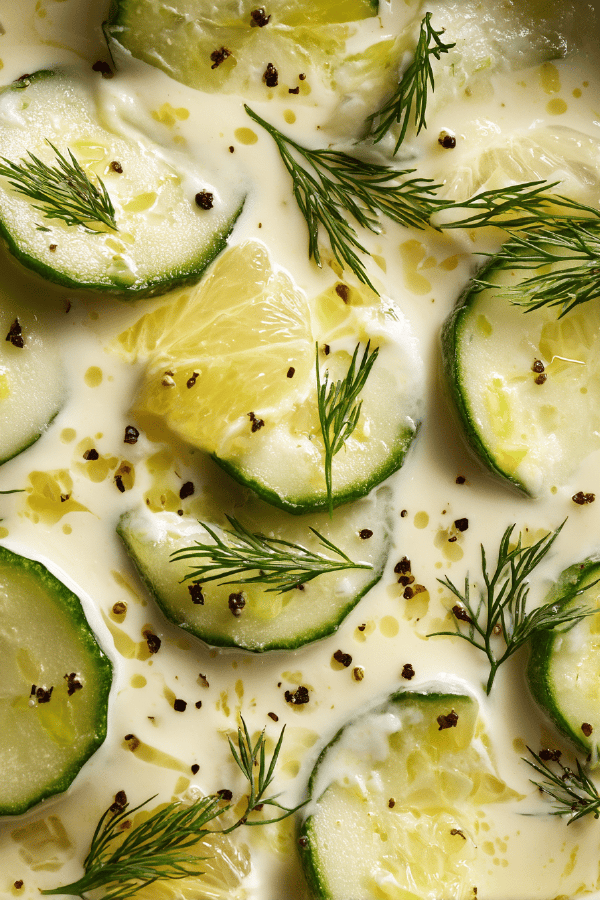Featured Recipe
Orange-Dill Maltese Sauce

By Kate
"
A creamy, tangy emulsion sauce using egg yolks and citrus for brightness. Replaces some ingredients for complexity: grapefruit juice swaps orange juice; lemon vinegar instead of white wine vinegar. Added fresh dill for herbal bite. Butter and yolks gently whisked until thick and mousse-like, then tempered to avoid curdling. Salt and white pepper season with subtlety. Sauce must rest slightly warm to keep texture. Classic maltese technique with a twist, balancing acidity and buttery richness. Good with seafood or steamed vegetables. Attention to temperature key to avoid broken sauce.
"
Prep:
12 min
Cook:
7 min
Total:
19 min
Serves:
3 servings
sauce
cooking techniques
French cuisine
Introduction
Eggs and butter. Classic pairing but tricky. Maltese sauce rides on an acid wave—traditionally orange juice and white wine vinegar shaking up yolks till they thicken, foam up, then blended with butter for that velvety mouthfeel. Here, grapefruit juice and lemon vinegar standing in, sharper notes to balance fat. Fresh dill added—bright, slightly grassy, cuts through richness. Can’t rush this. Heat steady, steady beats. Bubble too hard, you scramble. Too cool, no thickening happens. Whisk until you see mousse forming, pale and billowy. Add butter gradually or it breaks the emulsion. Salt and pepper, finesse, not flood. Resting warm helps sauce stay stable but don’t let it sit long or it dies off. Good with grilled fish, steamed greens, simple proteins. Knowing your sauce means trusting textures and sights more than clocks. Experience gets you there faster.
Ingredients
About the ingredients
Switched orange juice for grapefruit juice to sharpen acidity, less sweet but more complex bitterness. Lemon vinegar instead of white wine vinegar amps citrus punch and keeps sauce bright. Used clarified butter to reduce water content; whole butter risks sauce thicken inconsistency due to milk solids. Fresh dill is a twist—wears well with citrus and egg, adding unexpected herbal note that isn’t overpowering. If fresh dill unavailable, try lemon thyme or tarragon sparingly. Salt and white pepper preferred here for subtlety; whole black pepper flakes can disrupt texture. Always temper butter to avoid shocking the emulsion. Fresh egg yolks room temperature, no cold from the fridge—that’s a common rookie mistake that delays thickening. Using stainless steel or glass bowl helps even heat distribution versus plastic or ceramic. Keep utensils dry and grease-free except for butter.
Method
Technique Tips
Maltese sauce depends on controlled heat and steady whisking. Bain-marie water must simmer, not boil—vigorous bubbling causes temperature spikes and risk of egg coagulation. Look for mousse stage: when mixture looks thicker, pale, billowy, pulls away from sides in waves but doesn’t break or curdle. This takes about 8-10 minutes, but trust sight and feel over minutes. Remove from heat promptly then stabilize bowl on wet towel to prevent temperature drops and shaking that can break emulsion. Butter goes in slowly; drizzled like thread while whisking vigorously to bind fat and egg into smooth, creamy texture. Too fast equals broken sauce, too slow sauce stiffens oddly. If sauce breaks, rescue by whisking in small hot water in a separate bowl, then re-incorporating gradually. Seasoning requires care: add salt and pepper incrementally, tasting since acid and butter affect salt perception. Rest sauce in warm spot but covered lightly—avoid skin forming or drying. Warm gently if thickened. A little patience goes a long way. Helps to have a dedicated whisk that fits bowl well for efficient aeration and smooth mix.
Chef's Notes
- 💡 Control the heat with bain-marie. Simmering water, not boiling. Look for mousse texture. Takes 8-10 mins. Color changes. Watch for peaks.
- 💡 Drizzle butter gradually. Whisk constantly. Too fast, it splits. Too slow, it gets lumpy. Aim for thick yet pourable consistency. Assess by feel.
- 💡 Use warm clarified butter. Reduces water content, helps stability. Whole butter can cause inconsistencies. Always grease-free tools, avoid cold egg yolks.
- 💡 If sauce thickens too much, warm it over bain-marie. Whisk to bring together. Avoid high heat that can break the emulsion.
- 💡 If it breaks, fix with hot water whisked in separately, gradually bring back. Salt and white pepper add depth. Balance is crucial.
Kitchen Wisdom
What if I don't have lemon vinegar?
Use white wine vinegar, apple cider vinegar but flavor shifts. Tweak to taste. Play with acids.
How do I store leftover sauce?
Keep in fridge, tightly covered. Reheat gently, whisk to restore texture. Freeze okay but separate.
Sauce is too thick, now what?
Add warm water 1 tsp at a time while whisking. Adjust till desired consistency, fine tune with balance.
Can I use other herbs?
Yes, try tarragon or chives in place of dill. Flavor different but works well. Herbs shift freshness.



